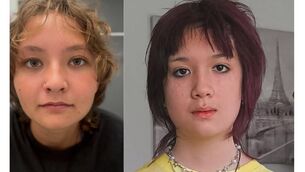Exhibition reveals the secrets of life inside Mountjoy
Five of them are lined across the cistern of a toilet, situated in the corner of a small prison cell.
A prisoner, aged somewhere in his 30s, is sitting on the edge of his bed, a couple of feet from the toilet. Two bottles of cleaning fluid and a large container of industrial-strength cleaner stand out in the photograph.













